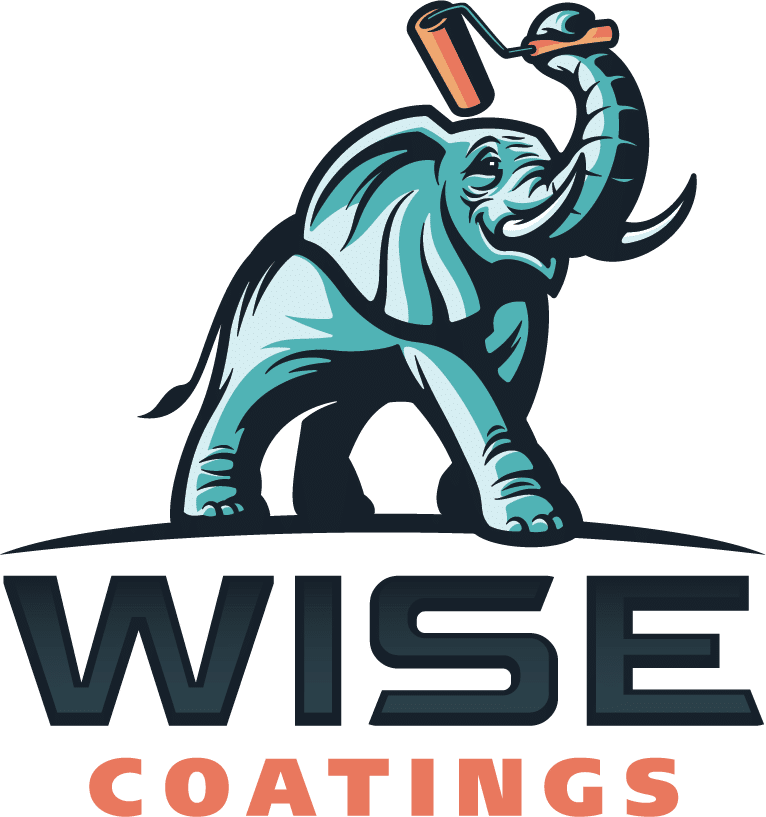Polyaspartic floor coating is an excellent choice for protecting concrete floors in a wide range of environments. These include residential garage floors and commercial and industrial floors.
They offer superior adhesion to older epoxy coatings and can be applied in a variety of temperatures. They are also odorless and colorfast.
However, there are some environmental conditions for which a polyaspartic coating would not be appropriate. A great post ahead.
Durability
Polyaspartic floor coatings can hold up to heavy foot traffic and vehicle traffic, and they are able to resist the impact of chemicals and alkaline cleaners. They also provide good resistance to abrasion.
Another benefit of Polyaspartic flooring is that it is heat-resistant. This makes it an excellent choice for warehouses and industrial facilities. This durability can help reduce the amount of time and money that a company may lose due to downtime during a flooring renovation.
When a professional applies a polyaspartic floor coating, it is important to use the proper methods for surface preparation. This includes cleaning the floor thoroughly to remove dirt, debris, and oil. It may also need to be mechanically profiled or diamond-grinded to create a rough texture that helps the coating adhere.
Once the base coat is applied, a color top coat can be poured. A topcoat can be a solid color, or flakes can be added to give the floor a speckled appearance.
Resistance to abrasion
Commercial spaces like warehouses and retail stores benefit from a floor coating that can withstand heavy foot traffic. Whether your business uses carts, crates, or heavy machinery, a Polyaspartic coating can stand up to it and protect the concrete beneath it from corrosion. This is especially important in spaces that handle weather-sensitive equipment, like wind power plants or construction vehicles.
Likewise, residential spaces can benefit from a polyaspartic coating because of its high chemical and stain resistance. This is particularly helpful in spaces that regularly experience oil or other vehicle-related spills, as the coating will not stain so long as the spills are cleaned up quickly.
As a bonus, Polyaspartic floors are slip-resistant and require less maintenance than other flooring materials. They also produce fewer toxic VOCs, making them ideal for healthcare facilities and other sensitive environments.
UV Stability
Polyaspartic floor coatings are highly resistant to UV rays and sunlight, which is why they have a very long lifespan. This durability also helps them resist yellowing and peeling that can occur with other types of floor coatings.
Another advantage of polyaspartic coating is its quick drying time. This allows the coating to be used in areas where a quicker turnaround is needed, such as industrial spaces. Epoxy coatings, on the other hand, typically take a longer amount of time to dry and can cause downtime in the area.
Additionally, polyaspartic floors are very easy to clean and can withstand strong cleaning products. This makes them ideal for hospitals and other healthcare facilities that need to maintain a clean environment. They are also slip-resistant, which is important for industrial settings where one slip can lead to a worker’s compensation claim.
Easy to apply
Polyaspartic floor coatings are less sensitive to temperature and humidity than epoxies. This means they can be applied to surfaces that aren’t as well prepared as epoxies, and they will still be set up in relatively cool weather or high humidity without a long wait time. It’s important to use a digital psychrometer or hygrometer on every job and keep an eye on the relative humidity during application and curing.
After surface preparation, flooring experts apply a primer and base coat. This layer is often colored or covered with flakes for aesthetics. The flakes are generally small quartz particles that add texture to the finished floor.
Once the flakes have been added, a topcoat is poured and spread evenly with a roller. The topcoat is typically around 6 mils thick. Homeowners can choose to add more layers of topcoat if they want an even glossier finish. Polyaspartic coating dries quickly, so it’s easy to add more layers without affecting the speed of the installation process. Browse the next article.


